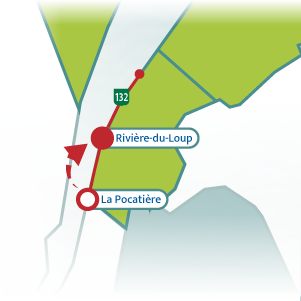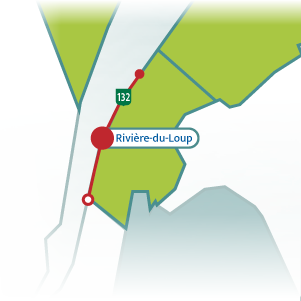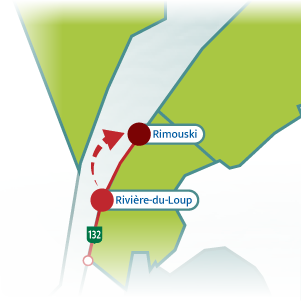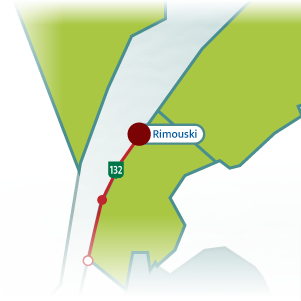
70 km (45 mi.)La Pocatière to Rivière-du-Loup
1La Pocatière mudflats
Easily accessible on foot or by bike from La Pocatière, the La Pocatière mudflats are a feeding ground for several bird species. Canada geese, American black ducks, greater scaups, black scoters and common goldeneyes are often spotted here.
Kamouraska mudflats
Visit the SEBKA site, a riverside park where you can hike the trail to various lookouts and observe seabirds, birds of prey and forest birds. Snow geese, Canada geese and ducks are commonly seen in this area.







